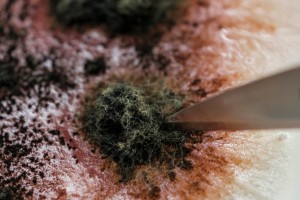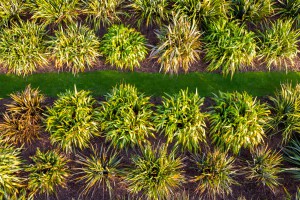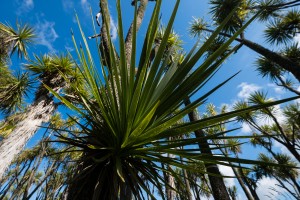Collections
Back a level
In this section
-
Tools & resources
- Data & databases
-
Collections
- Allan Herbarium – Te Kohinga Tipu o Aotearoa
- New Zealand Arthropod Collection – Ko te Aitanga Pepeke o Aotearoa
- National Nematode Collection of New Zealand
- New Zealand Fungarium – Te Kohinga Hekaheka o Aotearoa
- International Collection of Microorganisms from Plants – Te Kohinga Moroiti o Aotearoa
- Te Kohinga Harakeke o Aotearoa – National New Zealand Flax Collection
- Tī Kōuka (cabbage tree) collection
- Identification tools
- Mapping
- Teaching resources
- Get involved
The collections held by Manaaki Whenua are internationally significant research resources.
How are our collections and databases used?
Collections and the supporting databases provide the repository for knowledge of New Zealand´s flora and fauna, thereby contributing to both research, understanding of biological diversity and sustainability of New Zealand´s unique biodiversity.
The main uses of collections are:
- Taxonomic research — describing and recording new Zealand's native and introduced biodiversity,
- Type specimens — vitally important records anchoring formal descriptions to a designated specimen(s) of flora, fauna or fungal species,
- Voucher specimens — permanent records validating the occurrence of a species at a particular locality and time, substantiating records of pests and pathogens on a host,
- Biosecurity decisions — describing and cataloguing information on weed, pest, pathogen and plant health risks to new Zealand's export/import trade, primary industries, urban environments, and natural ecosystems,
- Supporting overseas trade and access to overseas markets,
- Conservation and ecology — documenting and understanding biodiversity, relationships between organisms, and the ecosystem services that our biota provides,
- Biogeorgraphy — understanding the current and past distribution of flora, fauna and fungal species.
Who uses our collections and databases?
Our collections and databases are primarily used by government organisations such as MPI for biosecurity identifications and as interception DNA - figuring out what organisms are here versus what are new. The Department of Conservation (DOC) commonly use our collections and databases to look at the status of organisms to determine whether an organism are unique.

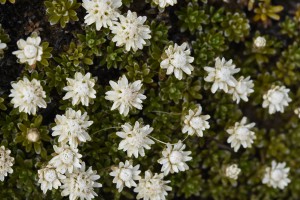
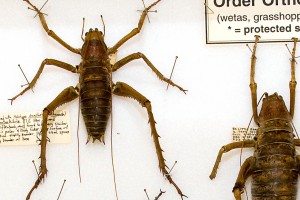
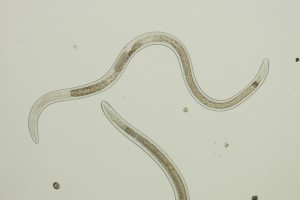
![Blue entoloma [Entoloma hochstetteri]](/assets/Tools-And-Resources/collections/Fungi-Blue-entaloma__FillMaxWzMwMCwyMDBd.jpg)
